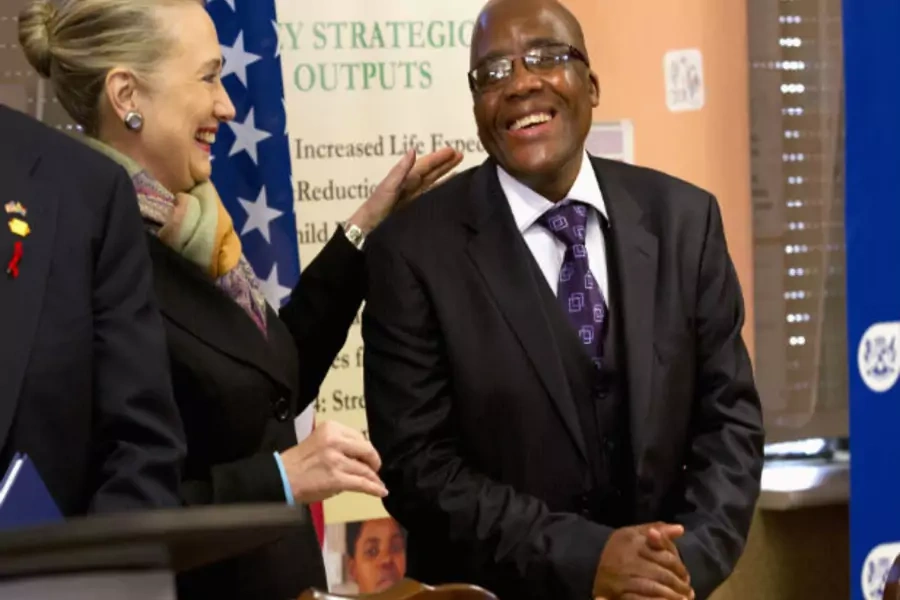More on:
In the aftermath of the miracle of a democratic transition from apartheid to “non-racial” democracy, South Africa faced a disease nightmare. During the presidencies of Nelson Mandela and his successor, Thabo Mbeki, up to a third of some population groups in South Africa were victims of HIV/AIDS. Deaths soared, and the national life expectancy dropped by a decade.
The black population bore much of the HIV/AIDS burden. The white population had access to South Africa’s apartheid-era first world private medical facilities, and they procured anti-retrovirals from abroad. On the other hand, most blacks depended on the state medical facilities that also dated from the apartheid era. Mbeki and his then minister of health appeared bewitched by pseudo-scientific theories about HIV/AIDS circulating on the internet. Mbeki, also, saw foreign and white criticism of his approach to HIV/AIDS as part of an effort to discredit a new, black government. A consequence was that the government health system on which most blacks depended largely ignored HIV/AIDS and did not provide the most modern medical treatment.
Even before Mbeki left office, domestic and international pressure was compelling the South African government to engage the HIV/AIDS epidemic with a more scientific approach. This move was greatly strengthened during the administration of Jacob Zuma. The government created and developed new medical capacity, and it procured and distributed anti-retrovirals. Deaths from HIV/AIDS plummeted.
A signature accomplishment of President George W. Bush was the President’s Emergency Plan for AIDS Relief (PEPFAR). PEPFAR identified certain countries to target its efforts. South Africa was one of the countries selected. The New York Times has published an in-depth report of the admirable and sophisticated PEPFAR approach in South Africa to capacity-building. According to the Times, South Africa now has 2.4 million people on anti-retrovirals, more than any other country, and adds 100,000 each month. In 2009, 490 clinics distributed the drugs. That number has climbed to 3,540. Transmission of HIV/AIDS from mother-to-child has dropped to under three percent and life expectancy has increased by nine years since 2005. The South African government had the lead, but PEPFAR pumped in $3 billion, mostly for capacity building, especially among non-governmental organizations. South Africa now pays eighty-three percent of the costs of PEPFAR. That percentage will continue to increase as the United States shifts its funding priorities to much poorer countries.
The Times report notes that there has been little fanfare about the role of the United States, yet PEPFAR should receive substantial credit for the South African turnaround. The bilateral relationship between the United States and South Africa, both multi-racial democracies, remains edgy, in part because of memories and perceptions dating back to the apartheid era. Had the Bush and Obama administrations trumpeted the U.S. role in countering HIV/AIDS, there likely would have been resistance among South African political figures that might have inhibited the effectiveness of the program.
More on:
 Online Store
Online Store
